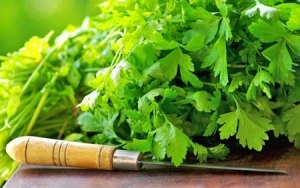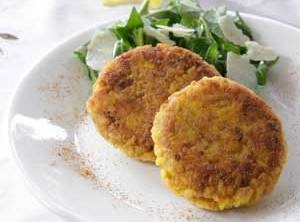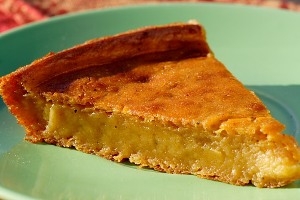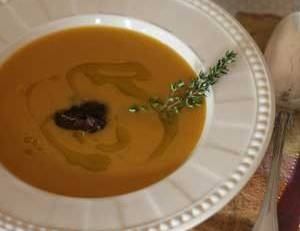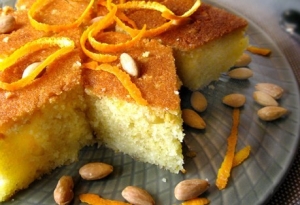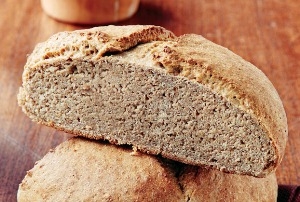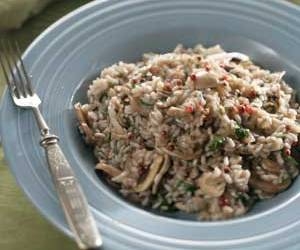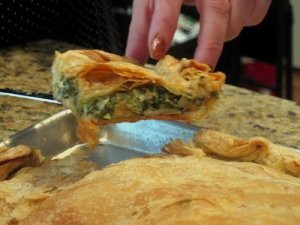Parsley (Petroselnum crispum) is native to the Mediterranean region of the world. While its roots are in places like Southern Italy, Tunisia, and Algeria, it can now be found globally. Despite its current popularity, though, parsley has a somewhat dark past.
History of Parsley
Parsley wasn’t always so well-liked. As a matter of fact, the herb was known to strike people with fear.
According to Dr. May Berenbaum, head of the University of Illinois Entomology Department, it was associated with death and the devil. The Greeks said the herb first grew in the blood of a fertility king, Archemorus (forerunner of death). As a result, it was laid on their tombs and when someone was said to “need only parsley”, it meant they were near death.
The herb was so feared by the Greeks that an ancient Celt sent donkeys onto the battlefield adorned with parsley, and the Greek troops turned and fled.
Virgins who planted the herb were said to risk impregnation by the devil himself. The only planting of parsley was done on Good Friday. Any other day meant the gardener would risk certain curse.
But of course, this is just some of the foretold history. Fortunately, parsley’s relationship with fear disconnected over the centuries. Now, everyone has grown to love parsley.
To read the rest of this article, please click here.

